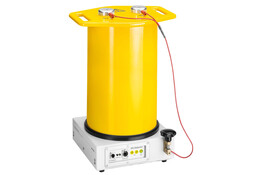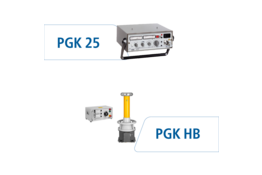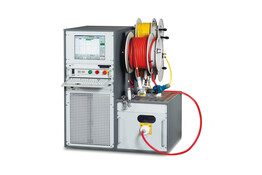
BAUR Software 4
Software package
for cable fault location, cable testing and cable diagnostics

cali
Partial discharge calibrator

frida / frida TD
VLF testing and diagnostics unit

liona
Online PD Spot Tester

PD-TaD 62
Portable PD diagnostics system
up to 62 kVpeak

PD-TaD 80
Portable PD diagnostics system
up to 80 kVpeak

PGK
AC and DC voltage testing

PHG 80 portable
VLF tester
for medium-voltage cables
up to 80 kVpeak

PHG 80 TD
VLF tester and diagnostics device (TD)
for medium-voltage cables
up to 80 kVpeak

PHG 80 TD PD
VLF tester and
diagnostics device (TD and PD)
for medium-voltage cables
up to 80 kVpeak

statex®
Analysis software
for determining the
statistical remaining life time

tracy new
Partial discharge signal coupler

tracy old
Partial discharge signal coupler

viola
VLF tester
for medium-voltage cables
up to 62 kVpeak

viola TD
Testing and diagnostics unit
Detailed information on cable testing and diagnostic







